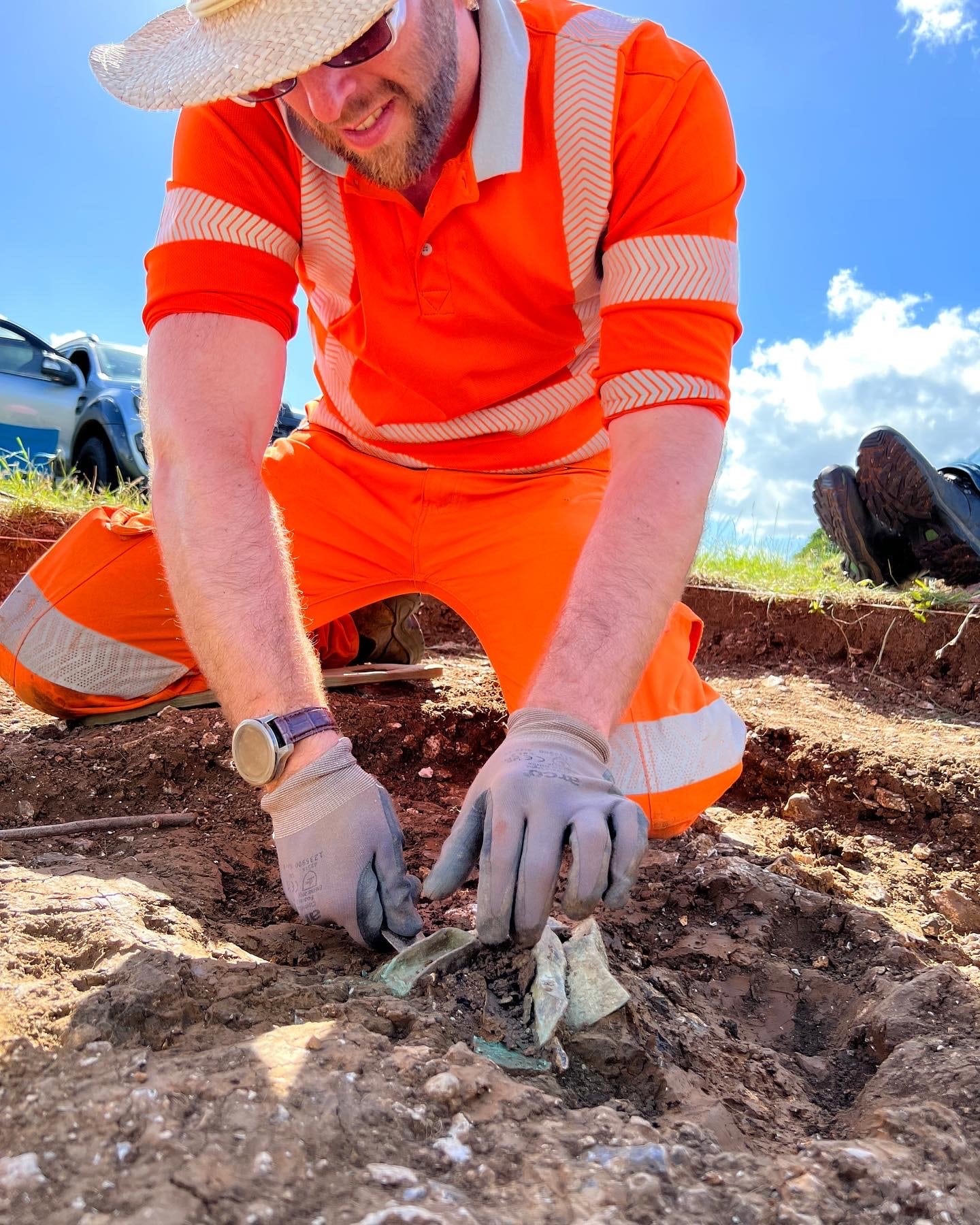 The Metal Detectives Group were fortunate enough to make a wonderfully significant discovery on their latest dig on the estate. Three mid to late Bronze Age Palstave axe heads were discovered and this lead to the main deposit of a further six which were subsequently excavated by Oxford Archaeology who did an amazing job.
The Metal Detectives Group were fortunate enough to make a wonderfully significant discovery on their latest dig on the estate. Three mid to late Bronze Age Palstave axe heads were discovered and this lead to the main deposit of a further six which were subsequently excavated by Oxford Archaeology who did an amazing job.
The term ‘palstave’ is misleading, as it comes from the icelandic ‘Paalstab’ meaning a digging tool, not a type of axe. The term is used in British Archaeology to describe an axe where there is a stop and the flanges disappear into the stop. Palstaves are also thicker below the stop. They are usually decorated on the blade and as time went on developed loops. Palstaes can be divided into three broad groups, early, transitional and late. The small loop on the side of some palstaves would have been used to help secure the axe head to the haft more securely and few palstaves have two loops.
